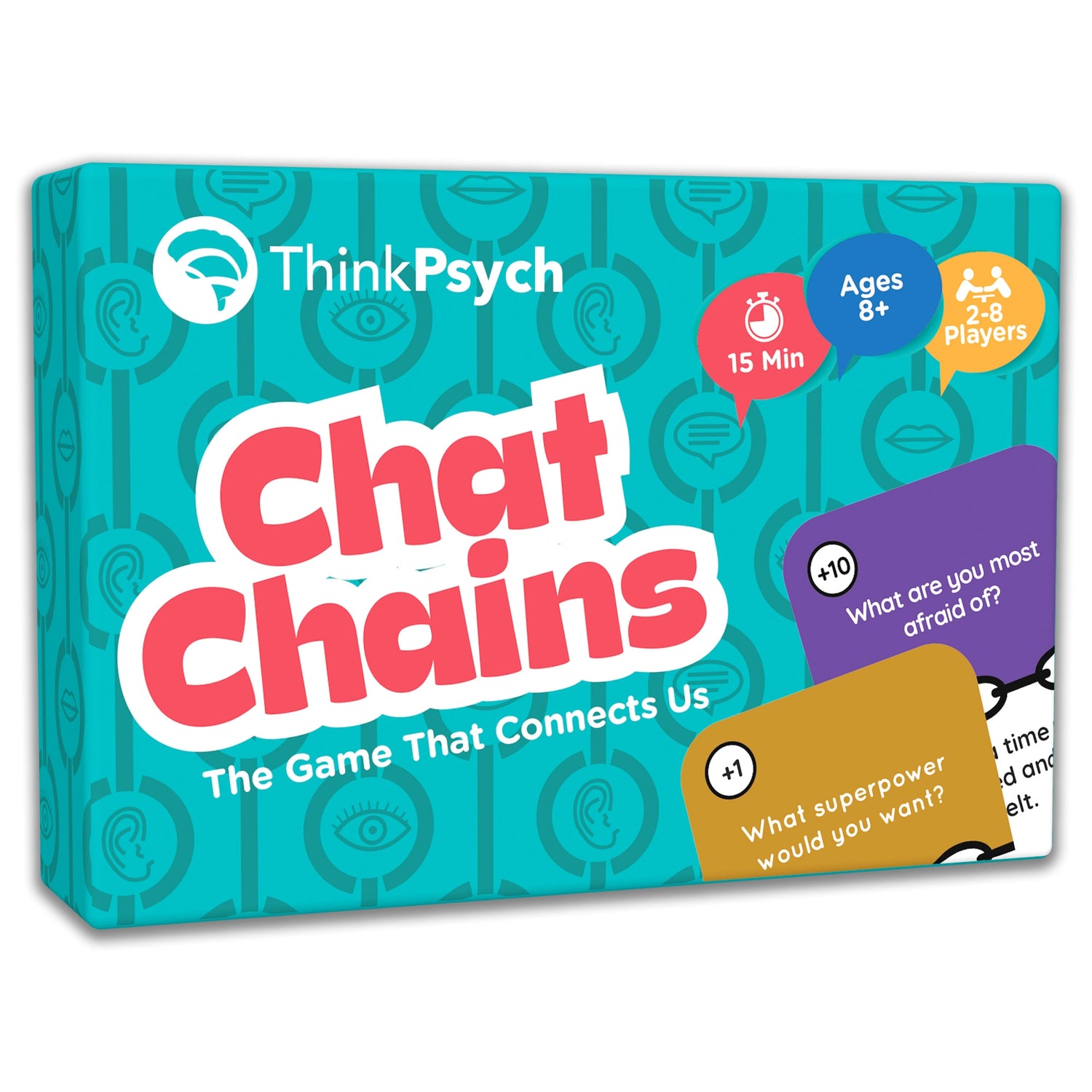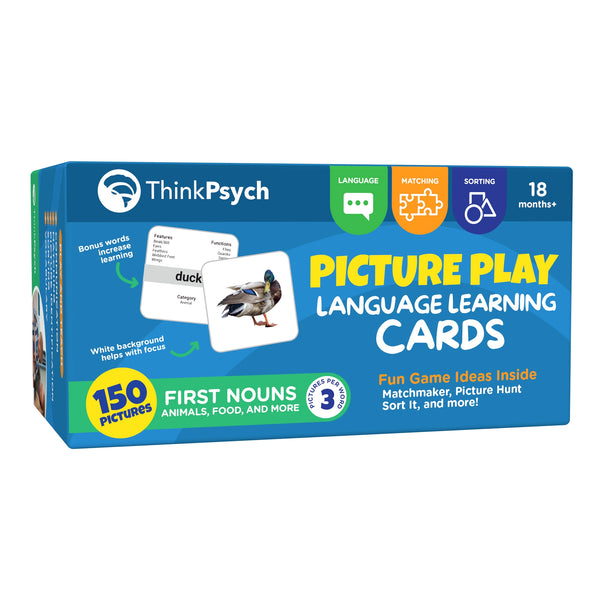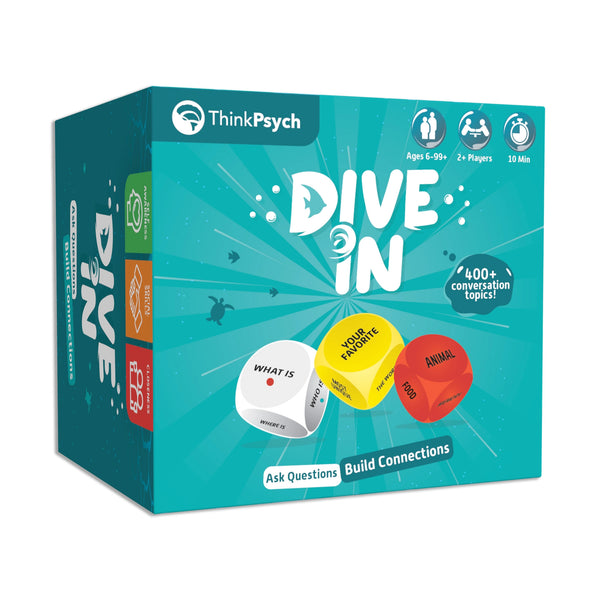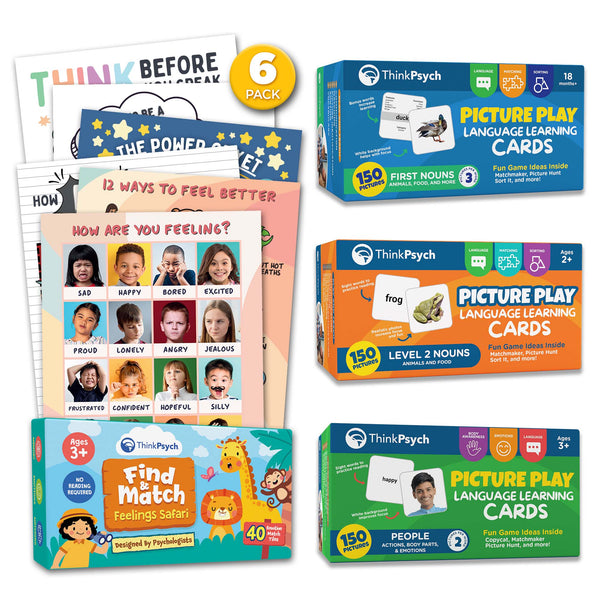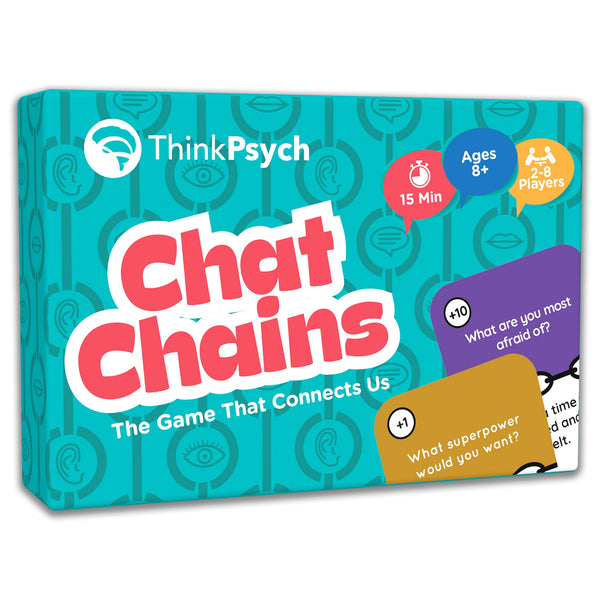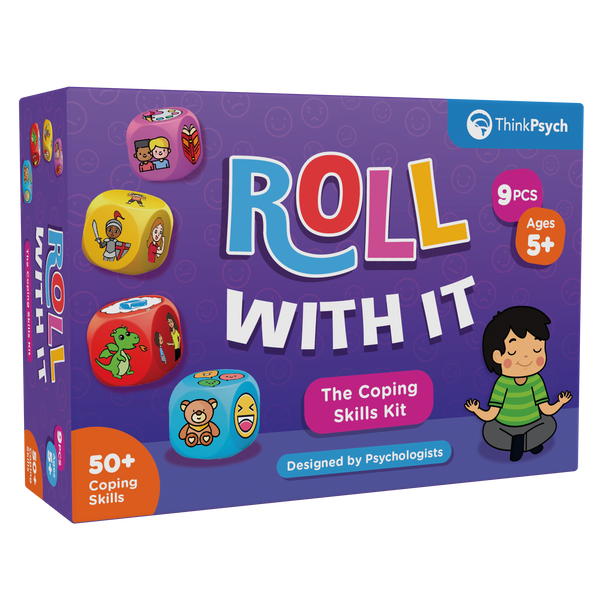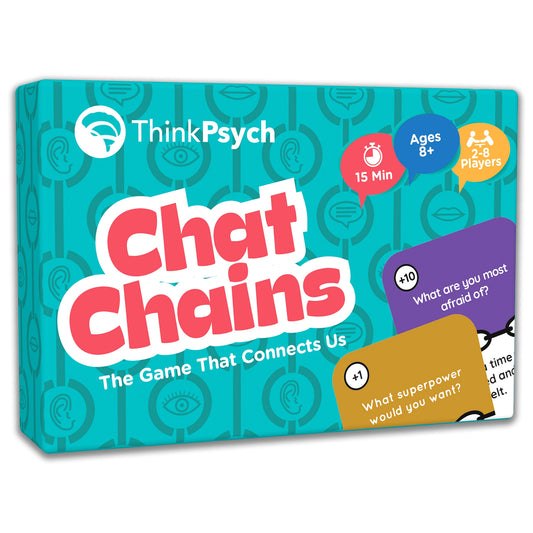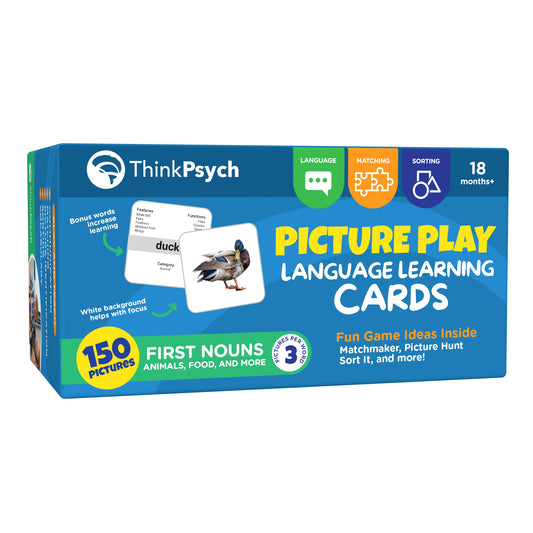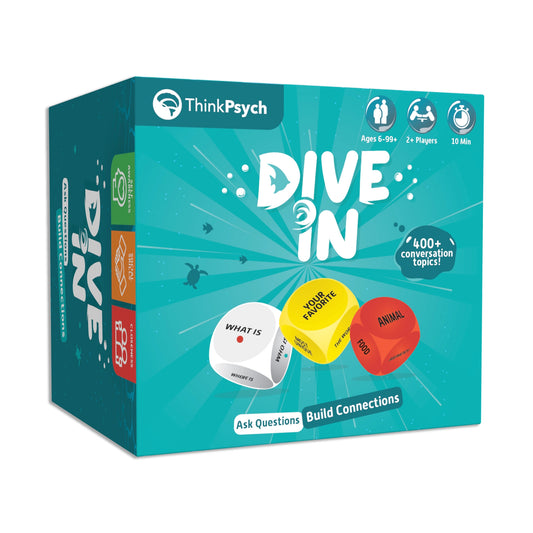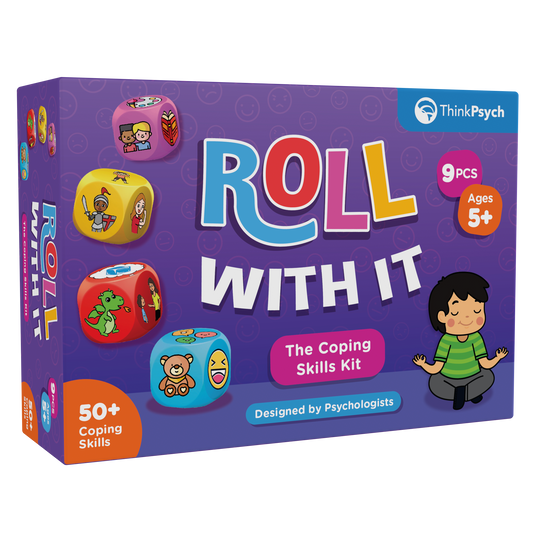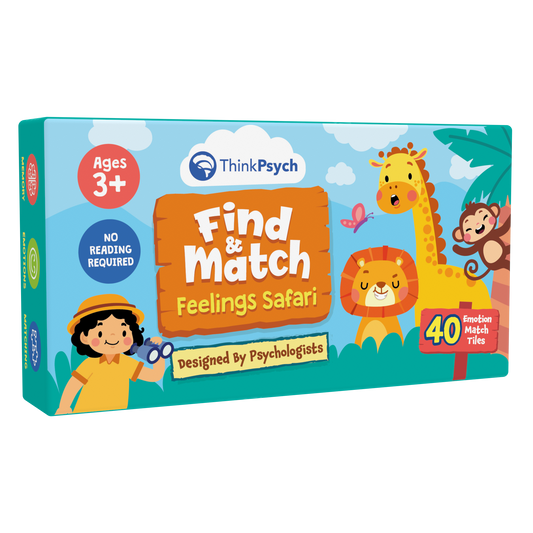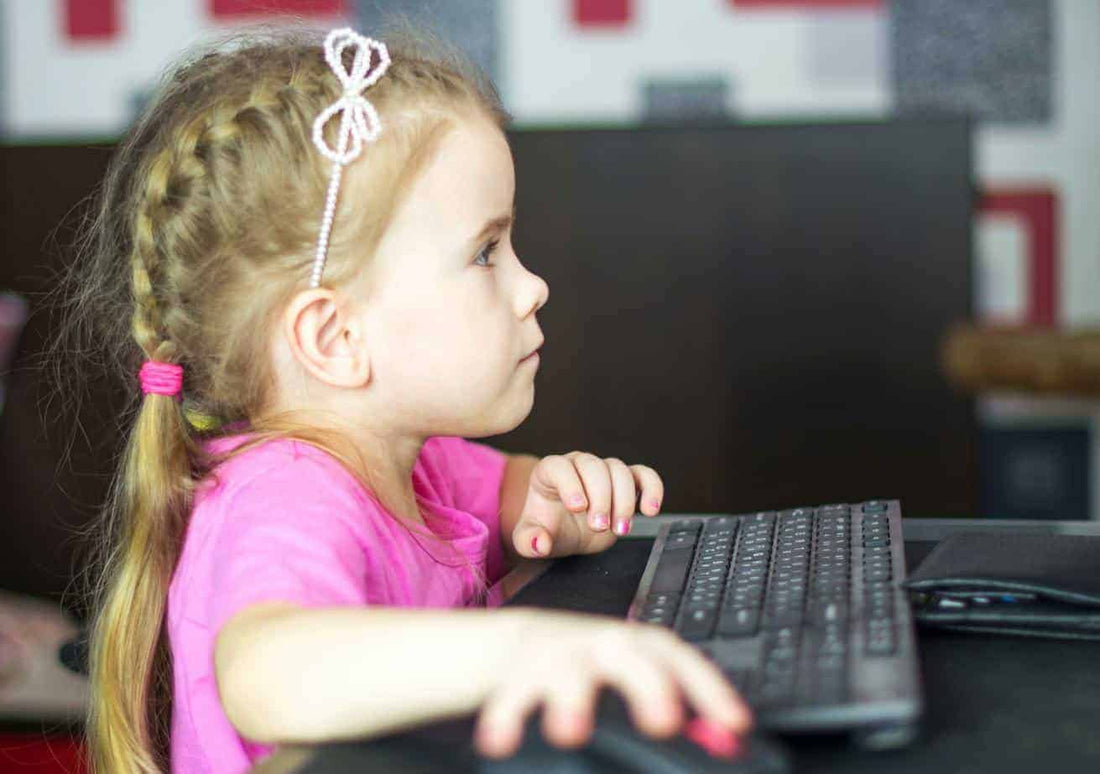
Embracing Distance Learning in Special Education
Share
Introduction
There are many hardships that every individual is experiencing as a result of the pandemic. However, many people are thankful for the extra time to spend with family and to complete tasks around the house. This optimism seems to stop when the topic of distance learning arises. Still, there are incredible opportunities for students, teachers, and families during this unprecedented experience. Although distance learning has been successful for some online schools, this approach has rarely (if ever) been used to provide education to students with moderate to severe disabilities. Check out our list of best remote learning resources.
The Benefits of Collaboration in Distance Learning
The reality of distance learning in a moderate/severe Self-Contained Specialized Academic Instruction (SAI) classroom is that it requires much more support from the families/caregivers than most other classrooms. The required support from the students’ caregivers can be intimidating to some teachers. However, this is an amazing opportunity for teachers to work hand-in-hand (metaphorically speaking) to support the students in expanding and generalizing skills that are taught in the school setting. Teachers now have the opportunity to collaborate with caregivers to work on IEP goals, discuss what is working in the home, and problem solve what isn’t working. Educators can also teach caregivers how to appropriately use Assistive Technologies in the home to allow their student to become more independent. Some strategies to help build a collaborative environment during distance learning in special education include:
- One-on-one time with each student/caregiver to work on individual IEP goals;
- Access for both the teacher and student to the same type of Augmentative and Alternative Communication (AAC) devices. This allows the teacher to model the use of the AAC device for the student/caregiver to replicate. This should include how to navigate the AAC device;
- Take time each day for a wellness check on the student and caregiver;
- Coach caregivers on the hierarchy and levels of prompts along with prompt fading;
- Provide caregivers with consultation on behavioral interventions;
- Build a schedule and lessons to guide both students and parents
Shop ThinkPsych Products
Supporting a Child’s Independence During Distance Learning
To help foster the children’s independence, educators can focus on teaching caregivers about a number of skills such as:
- Modeling for caregivers how to provide the necessary response time;
- Guiding caregivers in supporting their students using the least intrusive prompts needed. This is important rather than caregivers quickly completing all tasks for them;
- Offering visual activity schedules and checklists for students to follow at home during distance learning and free time;
- Providing task analyses of common chores they complete around the home
Most skills that are taught in SAI classrooms are focused on functional life skills. These skills may include: money handling, functional reading skills (such as safety and community signs), and behavioral management. Functional life skills skills are not intended to be “school-only” behaviors. It is important for students to practice these skills in their natural environments to be able to generalize these skills. Teachers can help provide caregivers with the guidance and support necessary for the students to practice these skills in their daily lives.
Teamwork
Teachers, caregivers, and students in SAI classrooms likely all prefer to be able to work safely in-person sooner than later. However, until this is possible, the teams need to unite and embrace this opportunity to work closely with one other. Distance learning provides the unique opportunity to ensure that students have the appropriate level of support they need in their homes. Realize that everyone is on the same team to support the students. Take this opportunity to build trust with the family, emphasize independence for the students, and teach the caregivers along with the students! We may not be physically together, but we are in this together!
